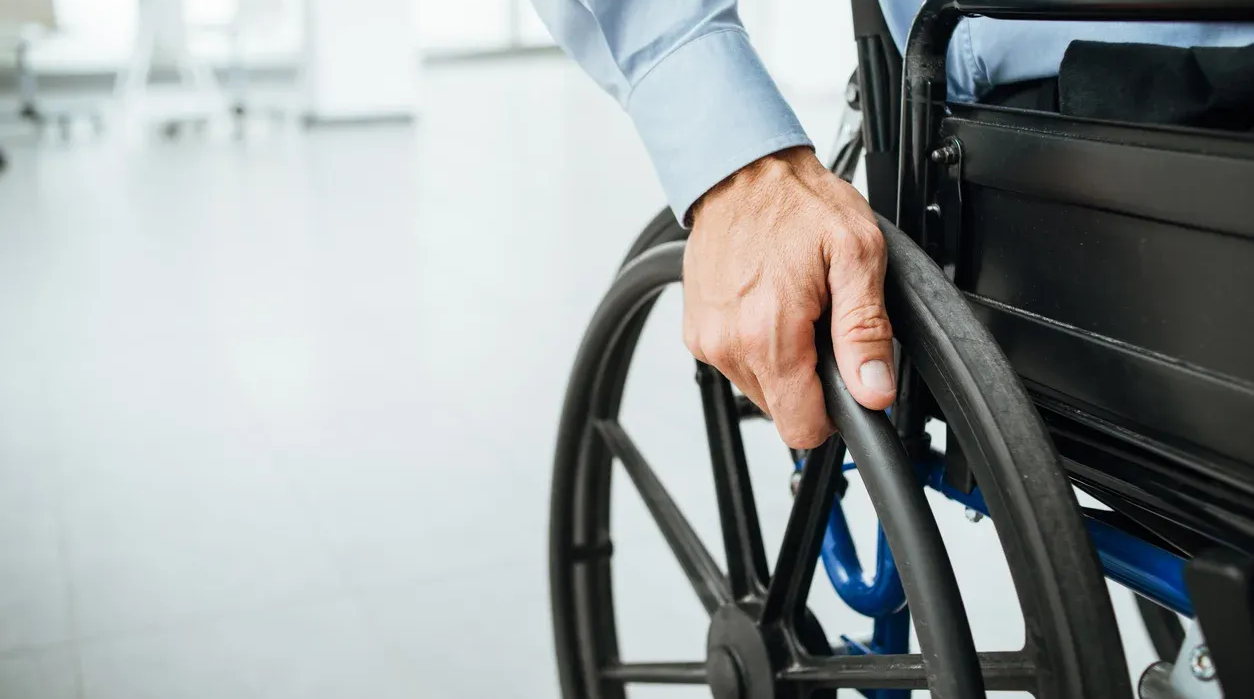How to Prove Disability Discrimination in California

What Do California Employees Need to Show to Prove Disability Discrimination at Work?
To prove disability discrimination in California, employees must show that they have a disability (or are perceived to have one), that they were qualified to perform their job, and that they experienced adverse treatment because of their disability. California law, through the Fair Employment and Housing Act (FEHA), also requires employers to engage in a good-faith interactive process and provide reasonable accommodations whenever possible.
The state provides some of the strongest workplace protections in the nation. Employers must prevent harassment, avoid retaliation, and ensure employees with disabilities can perform their roles. Proving discrimination involves recognizing both obvious and subtle unfair treatment and gathering evidence to support your claim. This guide breaks down each step to help you protect your rights and build a strong case under California law.
What Qualifies as Disabled?
Before you can prove discrimination, you need to understand what legally counts as a disability. Under the Americans with Disabilities Act (ADA) and similar laws, a disability is any physical or mental impairment that substantially limits major life activities like walking, seeing, hearing, working, or learning.
Examples include:
- Mobility issues (such as needing a wheelchair or cane)
- Chronic illnesses (like diabetes, epilepsy, or multiple sclerosis)
- Mental health conditions (including depression, PTSD, or anxiety disorders)
- Neurological conditions (such as autism or traumatic brain injury)
- Sensory impairments (like vision or hearing loss)
You’re also protected if you have a history of these conditions or if others treat you as if you are disabled, even when you aren’t. An example of this would be someone who has scars from a burn and is treated as having an impairment when they do not. This broad definition is important because it means discrimination can happen in subtle ways, even if your disability isn’t always visible.
Recognizing Disability Discrimination
Disability discrimination doesn’t always look obvious. Sometimes it’s direct, like being denied a job because of your disability. Other times, it’s more subtle, like a pattern of unfair treatment. Common examples include:
- Being denied promotions, training, or new opportunities
- Getting fired, demoted, or left out of projects because of your condition
- Refusal to provide reasonable accommodations, like flexible hours or an accessible workspace
- Harassment, teasing, or exclusion from coworkers or supervisors
- Unequal access to services, programs, or public spaces
Pay attention to repeated behavior. One off-hand comment might not amount to discrimination, but a clear pattern of prejudice toward a disability can make your case stronger.
How to Prove Disability Discrimination, Step-by-Step
Step 1: Document Everything
Evidence is your best tool. Start keeping detailed notes of every incident that feels discriminatory. Include:
- Emails, texts, or memos showing bias
- Notes from meetings where your disability came up
- Witness statements from coworkers or supervisors
- Medical records that confirm your condition
- Records of any accommodation requests and the responses you received
Organize this into a timeline so it’s clear what happened and when. The more specific, the better.
Step 2: Connect Your Disability to the Discrimination
To prove your case, you need to show three things:
- Protected status: You meet the legal definition of disabled.
- Adverse action: You experienced negative treatment (like being denied a promotion).
- Causal link: The negative action happened because of your disability, not because of unrelated issues like poor performance.
Example: If you requested reasonable accommodations and, soon after, your boss cut your hours or reassigned you, that timeline suggests the treatment was connected to your disability.
Step 3: Use Comparative Evidence
Comparisons can make discrimination clear. Ask yourself: are coworkers without disabilities being treated more fairly? Examples include:
- Colleagues without disabilities getting promotions you were denied
- Others receiving accommodations while your request was ignored
- Non-disabled employees avoiding penalties in situations where you were punished
These comparisons highlight unequal treatment and prejudice based on disability, not workplace performance.
Step 4: File a Complaint
Once you’ve gathered evidence, you can file a complaint. In the U.S., this usually means contacting the Equal Employment Opportunity Commission (EEOC) or your state’s human rights agency. In your complaint, include:
- A clear description of what happened
- Your evidence and timeline
- What outcome you’re seeking (such as reinstatement, compensation, or accommodations)
The agency will review your case, mediate when possible, or give you the green light to take legal action.
Step 5: Consider Legal Action
If your complaint doesn’t resolve things, you may need to go to court. An attorney who specializes in disability discrimination can:
- Review the strength of your evidence
- Draft the necessary paperwork
- Represent you in court or during settlement talks
Legal remedies can include lost wages, job reinstatement, policy changes, or damages for emotional distress caused by discrimination.
Step 6: Protect Yourself
Disability discrimination cases can be stressful, but you can protect yourself by:
- Keeping detailed records of all interactions
- Staying up to date on your rights under state and federal law
- Seeking support from advocacy groups or disability rights organizations
The more informed you are about what qualifies as disabled, the better prepared you’ll be to stand up for yourself.
Proving disability discrimination takes effort, but these key steps can help you build a strong case. For support and guidance throughout the process, consult an experienced discrimination attorney who can advocate on your behalf.
Note: The above article does not constitute legal advice.
Frequently Asked Questions
1. Does California define disability differently than federal law?
Yes. California’s definition is
broader, meaning more medical, mental, and temporary conditions qualify as disabilities under FEHA than under the ADA.
2. What if my disability is temporary? Do I still have protection in California?
Often, yes. California protects employees with temporary impairments if those impairments limit major life activities. This includes injuries like broken bones, surgeries, or short-term medical conditions.
3. Can my employer question or challenge my disability?
They can request limited medical documentation, but they cannot demand full medical records or invasive details. They must still participate in the interactive process in good faith.
4. What if the discrimination is subtle? Do I still have a case?
Absolutely. Many California cases are built on patterns such as sudden schedule changes, reduced responsibilities, exclusion from meetings, or increased discipline after disclosing a disability.
5. Are California employers required to start the interactive process even if I don’t use specific legal terms?
Yes. Any communication that suggests you need help performing your job can trigger the employer’s obligation, even if you never say the words “reasonable accommodation.”
6. Can I sue if I’m discriminated against because my employer thinks I’m disabled?
Yes. FEHA protects employees from discrimination based on perceived disability, even if the employer is mistaken.
7. What compensation can I recover in a California disability discrimination case?
Potential remedies include back pay, reinstatement, accommodation orders, emotional distress damages, and sometimes punitive damages if the employer acted maliciously.
Share on Social Media





